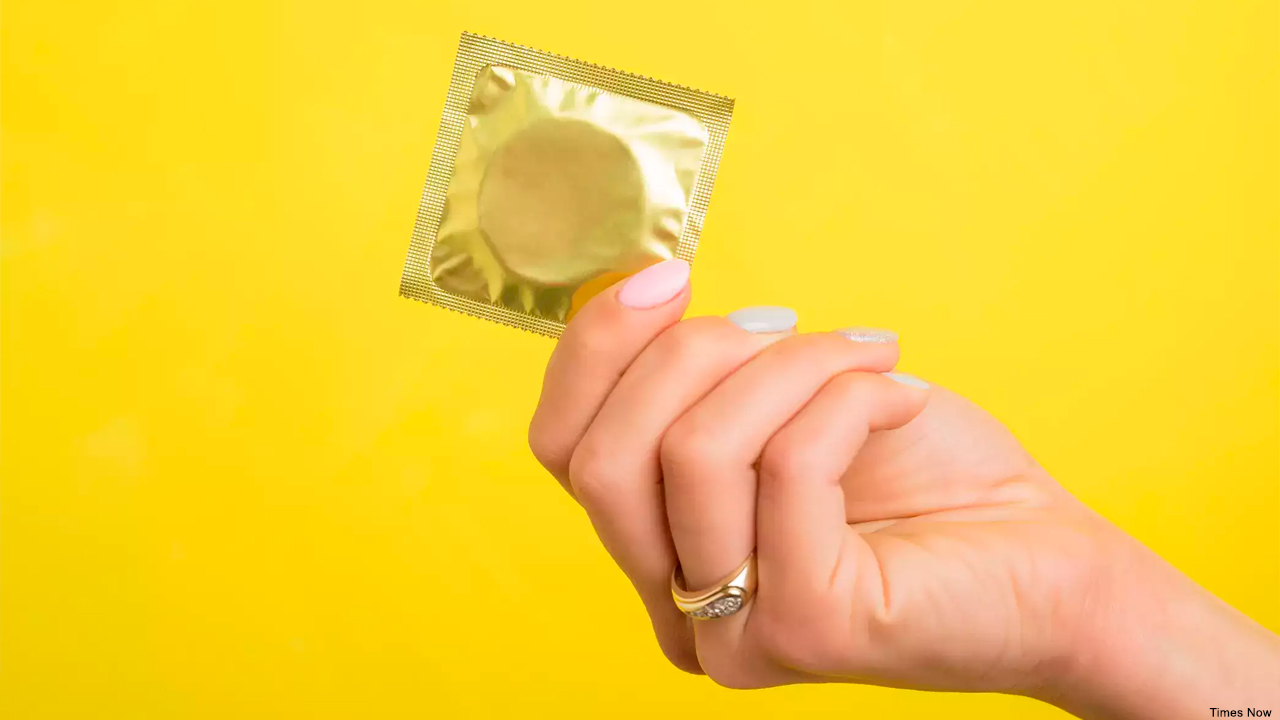Currently, a variety of female contraception methods are existing on the grounds like oral contraceptive pills, contraceptive injections, condoms, IUDs, tubectomy, and many more. Of these, female condoms are known to be extremely valuable as they not only help prevent unwanted pregnancies but also provide protection against Sexually Transmitted Infections (STIs). Many experts recommend this as they are very effective if used correctly.
Female condoms act as a contraceptive barrier that can be worn inside the vagina. They are made of either polyurethane, natural rubber, or synthetic rubber. These condoms rarely cause allergic reactions.
Benefits of using female condoms
Female condoms provide the same benefits as male condoms
- Prevents unwanted pregnancy
- Protect against Sexually Transmitted Infections (STIs)
The benefits may remain the same but the value is much beyond this, women can take charge of their own body, and can take more active and independent responsibility for preventing pregnancy and transmission of STIs. With this, women don’t need to rely on their male partners to wear their own condoms.
The sad reality
When compared to other contraception methods, like male condoms or Emergency Contraceptive Pills, female condoms are lesser known and even much less used. However, the first female condom was introduced in the market almost two decades ago. Several studies conducted on rural and urban women show that very low to negligible women had ever used a female condom. Emergency Contraceptive Pills and Male condoms are the preferred choices.
While a pack of 10 male condoms cost Rs 180, a pack of 2 female condoms costs Rs 100. Thus, high cost, lack of basic knowledge like insertion techniques, and lack of awareness about female condoms are considered viable causes for the lack of such contraceptive use.
All about the female condom
A female condom is generally wider than men’s and comes in various sizes depending on the shape of a woman’s vagina. These can be worn up to eight hours before having sex. Female condoms resemble a pouch with flexible rings at each end. The smaller ring is placed deep inside the vagina, and the bigger ring is placed on the open end that hangs just outside the vagina. The female condom prevents exposure to bodily fluids and ejaculated semen, hence unwanted pregnancy can be easily avoided.
Things to keep in mind
- These are not to be used with male condoms, using them together may break both condoms and may lead to unwanted pregnancy.
- These are recommended only if females are comfortable with them since it has to get inserted inside the vagina. Always follow the manufacturer’s guidelines before using them or contact your Gynecologist.
- While buying a female condom, ensure that it is made with a safe material to prevent any skin irritation.
Many studies were performed to know the experience of females who have used it. But despite the positive user experience and acceptance female condoms are neither included in any government programs nor talked about on any social platform. Some studies have also revealed concerns about its acceptance by men.
Then what should we do, we all should popularize female condoms and make them available to every woman. This should be actively included in Sexual and Reproductive Health and Family Planning Services.

 Female condoms act as a contraceptive barrier method and provide the same benefit as male condoms. Then why are female condoms lesser known and even much lesser used?
Female condoms act as a contraceptive barrier method and provide the same benefit as male condoms. Then why are female condoms lesser known and even much lesser used? 









.jpeg)

.jpeg)










.jpg)




.jpg)

